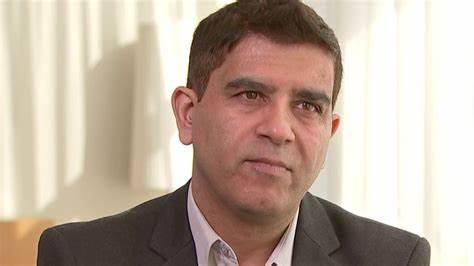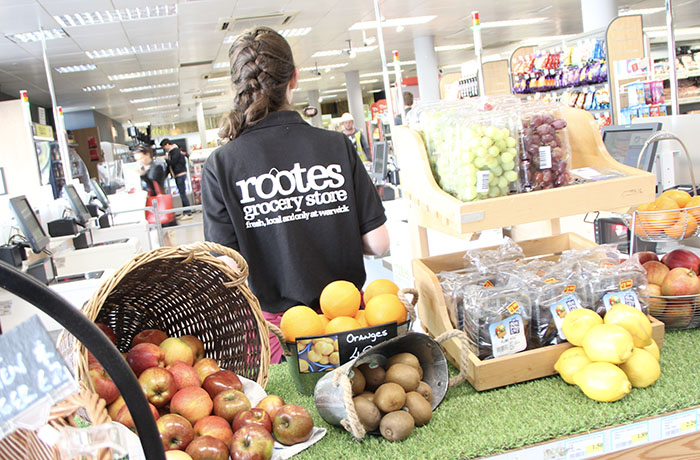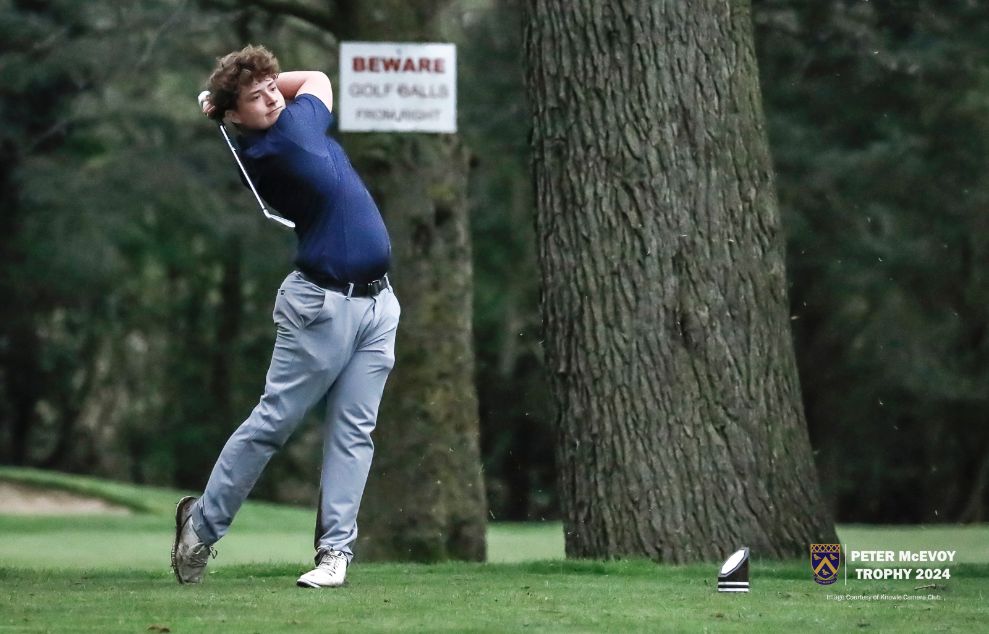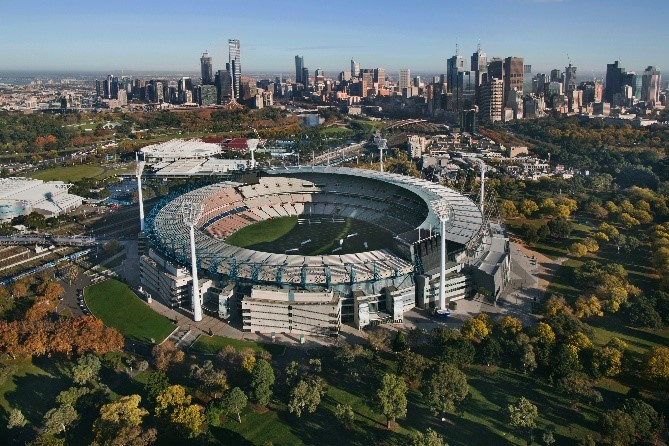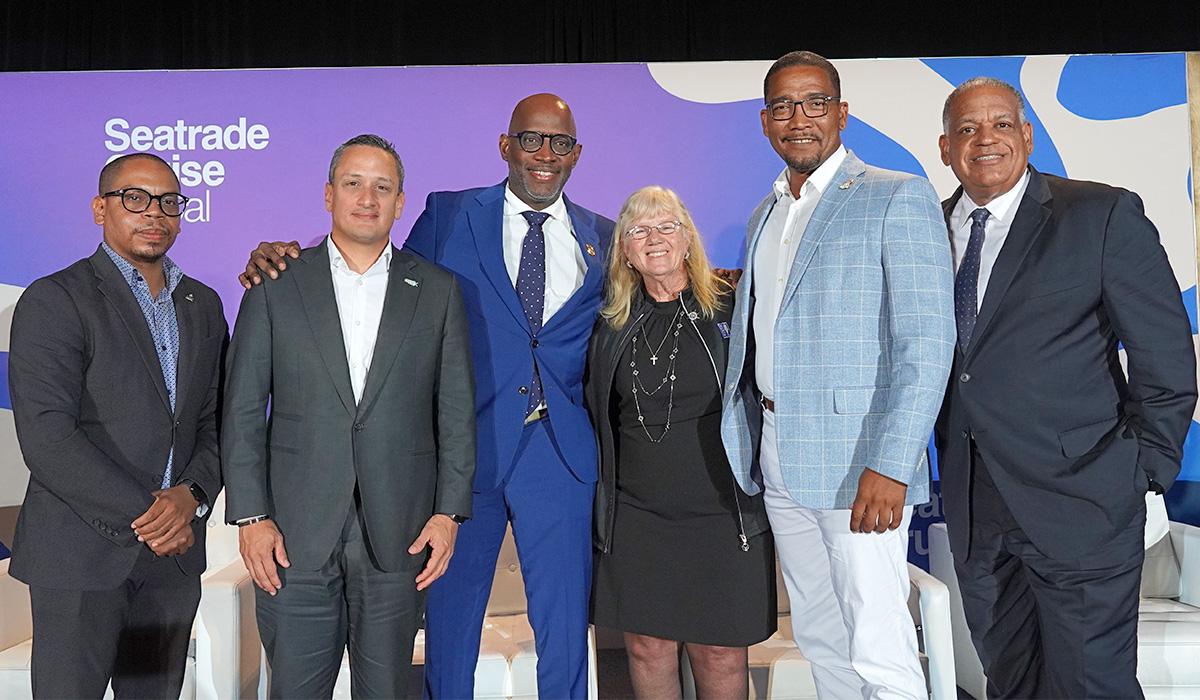Parents in England must be allowed to buy some uniform from High Street shops as well as school suppliers, according to new government rules. Second-hand items should be made available and the cost of anything branded must be kept to a minimum.
Education Secretary Nadhim Zahawi said that the legally binding guidelines would make uniforms far more affordable.
The move has been welcomed by education unions - but child poverty campaigners say more action is needed.
Research by the government, in 2015, suggested parents could save almost £50 on average, if they bought all uniform items from High Street shops instead of designated suppliers. Many schools have already tried to reduce costs, in line with voluntary guidelines, but this new statutory advice strengthens that obligation.
From next autumn, items with logos should be kept to a minimum and more uniform from any shop, such as supermarkets, should be allowed. Schools are also being asked to make sure second-hand uniforms are available as an affordable and sustainable option.
Zahawi said: “School uniforms should be a real source of pride" and not "a burden for parents or a barrier to pupils accessing education. This new binding guidance will help to make uniforms far more affordable for families by driving costs down as we work hard to level up the country."
John Adams, an Open University student and parenting blogger in Kent, says it has cost him £100 to kit out just one of his daughters for school this term. That was for two shirts, two skirts and a pair of school shoes.
He says branded items are the most expensive and uniform in general is becoming more costly now his eldest is nearly in adult sizes. And he even encouraged his daughters to wear their PE kit at home during Covid lockdowns.
"Why not? It had been paid for and they were at home so much they weren't getting worn at school," he says. "Kids do also get a lot of use out of uniform and there's no question that school uniform endures a lot of abuse.
“That said, it never ceases to amaze me how much I spend on uniform." Mr Adams, who runs Dad Blog UK, adds the new rules' emphasis on the environmental benefits of second-hand uniforms will help remove the stigma around reused items.
Matt Easter, who co-chairs the Schoolwear Association industry body, welcomed the statutory guidance, which he said would help ensure that parents get good value for money without placing unreasonable burdens on schools or uniform supplier".
"Importantly, it reinforces that the majority of schools are already doing the right thing and, in most cases, will already be fully, or almost, compliant," he said. Association of School and College Leaders general secretary Geoff Barton also welcomed the statutory guidance but added: "Schools already follow the government's non-statutory guidance on school uniform.
"Schools are acutely aware of the need to keep uniform costs to a minimum, particularly as they often have many students who come from disadvantaged homes. They deal on a daily basis with the impact of the high level of child poverty the government has failed to address."
Child Poverty Action Group chief executive Alison Garnham said that the guidance was just the first step, schools needed to develop approaches that support all families and the government should fund local authorities in England to provide clothing grants for parents on low incomes.
"We know that parents struggle with the cost of school uniform and that kids are excluded from activities for not having the right kit," Ms Garnham said.
"No parent should have to go into debt to buy school uniform. No child should be priced out of participation at school."



